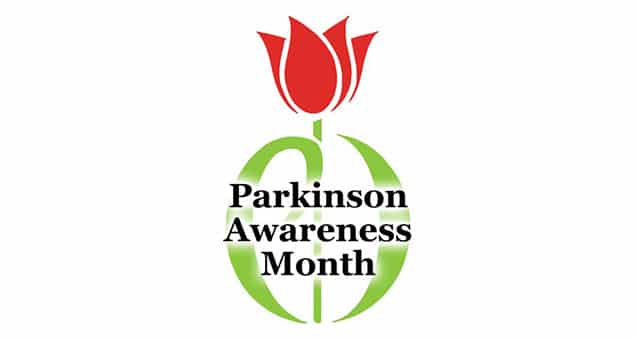More than 1 million people in the U.S. have Parkinson’s Disease says the National Parkinson Foundation, and as many as 60,000 new cases are diagnosed every year. Parkinson’s disease is a chronic, degenerative neurological disorder that affects one in 100 people over age 60. While the average age at onset is 60, some people are diagnosed at 40 or younger.
Parkinson’s involves the malfunction and death of vital nerve cells in the brain, called neurons, according to the Parkinson’s Disease Foundation. Some of these dying neurons produce dopamine, a chemical that sends messages to the part of the brain that controls movement and coordination. As the disease progresses, the brain produces less and less dopamine, and the person loses the ability to control movement.
Symptoms of Parkinson’s Disease
Symptoms vary from person to person, according to a variety of factors, including age of onset and disease progression, but primary motor signs include the following:
- Tremor or the hands, arms, legs, jaw, and face
- Slowness of movement
- Rigidity or stiffness of the limbs and trunk instability of posture or impaired balance and coordination
- Instability of posture or impaired balance and coordination
Medications and Treatments
Many medications and treatments are available to help treat the symptoms of Parkinson’s, but there are none yet that reverse the effects of the disease. According to the Mayo Clinic, doctors may also suggest lifestyle changes, especially ongoing aerobic exercise. Physical therapy that focuses on balance and stretching may also be effective. Speech-language pathologists may help improve speech difficulties. In later cases, surgical procedures such as deep brain stimulation may be recommended.
Living Well with Parkinson’s Disease
After a diagnosis of Parkinson’s every person’s journey is different, but the Parkinson’s Disease Foundation recommends these common strategies for maintaining a high quality of daily living with Parkinson’s:
- Manage nutrition and medications.
- Find routines and treatments that work best for you and follow them consistently.
- Pursue activities that are important to you.
- Keep doing activities you love to do, and you may alleviate your symptoms and boost your mental well-being. Painting, tai chi, yoga, exercise; keeping up with these favorite activities may help you take charge of your life with Parkinson’s.
- Connect with the Parkinson’s community.
Become better informed about Parkinson’s, and meet other people who are living with the disease.
Get involved with advocacy groups, clinical trials, support groups, and educational conferences.
Be both a benefactor and a participant in the Parkinson’s community and the community at large.
Plan ahead to adapt to the disease on your own terms.
Make a priority of living well at home and at work as the disease changes by using assistive technologies and seeking the expertise of professionals such as occupational therapists, speech therapists, and nutritionists when needed.


